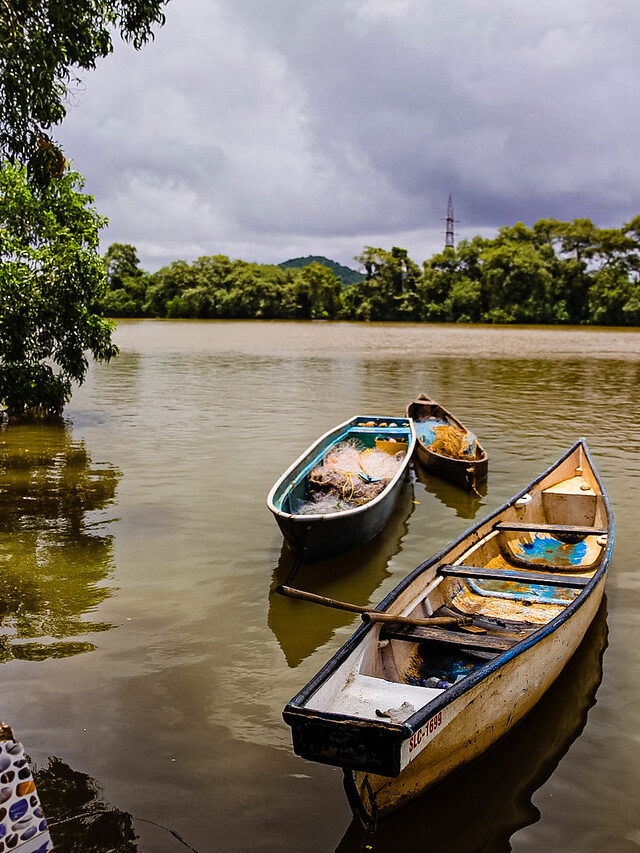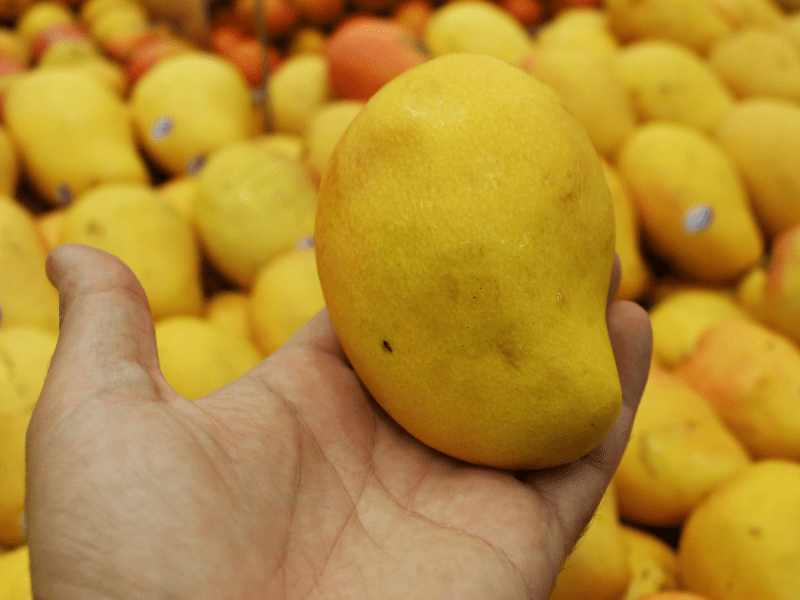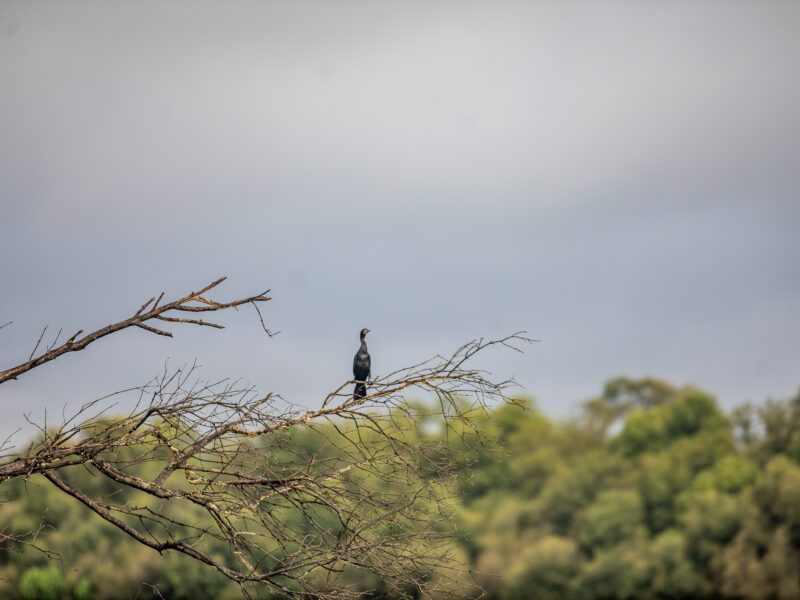Strolling through the quiet streets of Panjim, I couldn’t help but think of all the times I had visited this town and somehow missed its hidden charm. Even today, my visit was by pure chance. I was supposed to meet folks from a travel company called Soul Travelling. They claimed to show people the unseen side of Goa, and I found myself silently thanking them already for making me wander through these unexplored lanes before I met them at a port.
Every year, my trips to Goa had been different. Some years were spent partying on North Goa’s beaches, drinking, swimming, and dancing until I couldn’t stand straight. Other years, I found myself in South Goa, soaking in the calm, observing Russians lounging around, and eating Ros Omlette. Goa always gave me something new, but one day, it all felt pointless—following the handsome guys around, aimlessly searching for excitement. That’s when something shifted in me.
It all started on a morning walk in Palolem when I came across a small yellow house that stopped me in my tracks. It was tiny, old, and weathered, yet it spoke volumes of Goan heritage. That house sparked something inside me—a thirst to explore the real Goa beyond the beaches and clubs.
That’s how I stumbled upon Soul Travelling. Their day-long trips seemed perfect for what I wanted. The idea of fish curry cooked by an elderly woman in a traditional Navari saree, a gentleman sharing stories of his farm, and discovering an old church on a hidden island all sounded fascinating to me.
From the 1980s, Goa had become synonymous with night clubs, rave parties, and booze, drawing crowds from around the world. But somewhere along the way, the essence of Goan culture was lost to outsiders. While tourists flocked to party, the real Goa was remembered only by the locals. Then came the era of “lets make money from Goa”—builders rushing in to turn every piece of land into flats and resorts. Goa was sinking under this wave of tourism.
Discovering Chorao Island of Goa
It scared me to think how quickly Goa was losing its authenticity. I realized I needed to experience the true Goa while it still lasted. Maybe it was fate—or just a well-timed internet search—but I found Soul Travelling. After two days of back-and-forth, I chose the Chorao Island trail. Honestly, I picked it just because the name sounded nice.
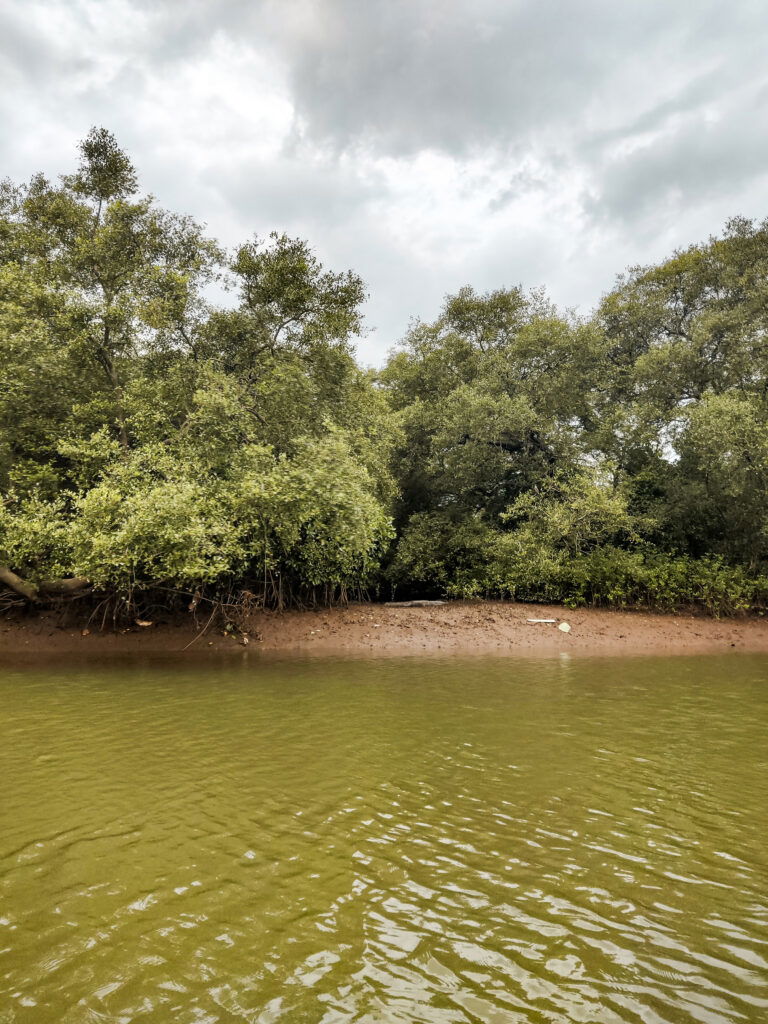
The itinerary started with a ferry ride, something I’d only done before to reach the casinos. This time, I welcomed the change with open arms. Our host, Roysten, and the other group members gathered at the ferry point, and we waved goodbye to the mainland. As we crossed the Mandovi River, Roysten shared that we were passing Goa’s only bird sanctuary, home to both local and migratory birds. The island’s thick mangrove swamps are a haven for birdwatchers and photographers. I couldn’t believe I hadn’t known about this place before.
Stories of Chorao Island: A Land Blessed by Devki
As we set foot on the island, another ten-minute ride took us deeper into the village. The sight of endless paddy fields, colourful cottages with gardens, people walking barefoot, and the gentle drizzle gave us the warmest welcome. Roysten told us the story of how Chorao Island got its name. The story goes back to when Devki—Krishna’s biological mother—was passing through the Mandovi River and saw a barren land. She blessed the land by throwing one of her jewels onto it, and that is how the island got the name Chudamani, meaning “headgear.” Later, the Portuguese changed it to Chorao. Locals (Konkanis) call it Chodna, while Maharashtrians say Chudan. The island is home to 5,500 people spread across five sub-villages, and the locals are fiercely protective of it. There’s been talk of building a bridge to the mainland, but the villagers are protesting to keep the island’s peace intact.
Crab Catching and Cooking
Our first activity for the day was to try our hand at crab fishing. Fishing is a main source of food and income in Goa. At any time of day before sunset, you’ll find locals near ponds or lakes fishing. We tried our best, but catching a crab turned out to require far more patience and skill than we had. Watching our host do it effortlessly gave us some consolation.
Visiting a Traditional Goan Home
Next on the itinerary was something I had dreamed of for years—visiting a traditional Goan family home. Ever since my first trip to Goa, this had been on my bucket list, and it was finally happening. We were welcomed in the traditional Konkani way, with the host performing the haldi and kumkum ritual, marking our foreheads as a sign of hospitality. After the greetings, we were given a tour of the house. It wasn’t exactly as I had imagined, but it was peaceful and picture-perfect, with a large ladder leading to a second-floor balcony where you could feel the fresh breeze and hear the gentle rustling of trees.
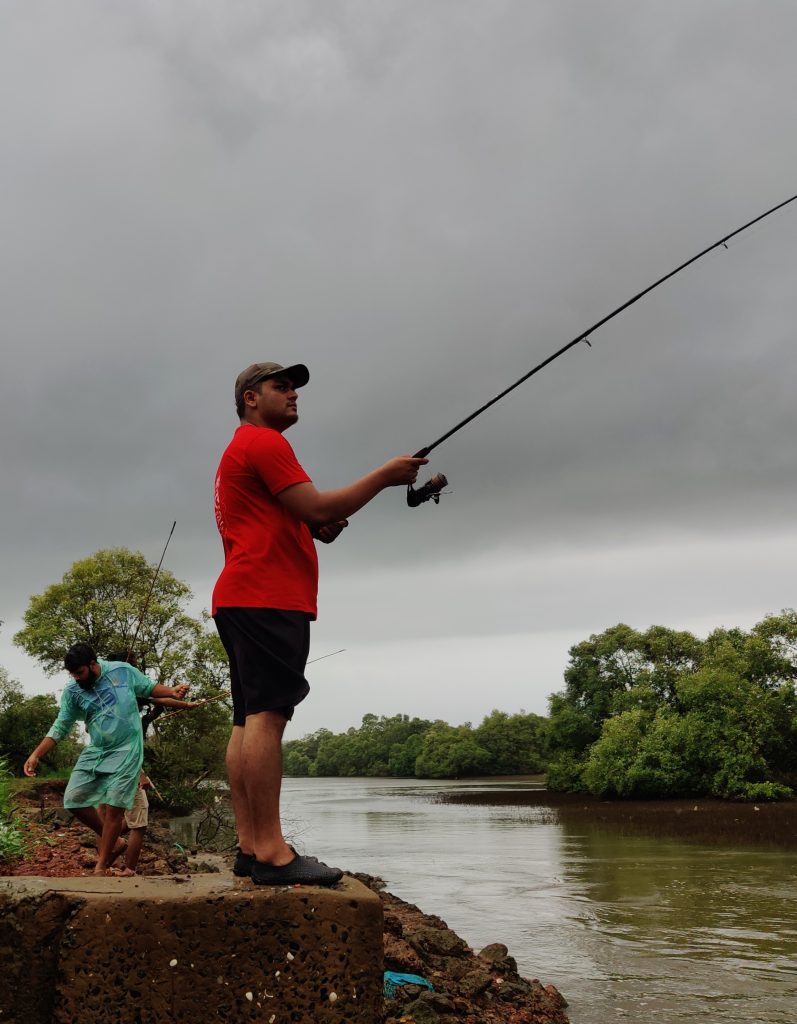
We spent a lot of time chatting, but soon the conversation turned to food. As part of the itinerary, we weren’t just going to eat lunch but also help prepare it. We started with a local sweet dish called Holle, a cone-shaped rice cake filled with jaggery and coconut. Six years ago, I would never have imagined myself learning these things about Goa.
While others continued with the cooking, I spent some time talking with our host, Mr. Macchindranath. He shared stories of his efforts to preserve Goa’s original culture and how he partnered with Soul Travelling to bring that vision to life for visitors. His family had lived on this land for generations, and he proudly spoke about the women in the village who had formed self-help groups to build businesses and support their families. His family also had a hand in installing solar panels, including those at Goa’s new MOPA airport—a project he was especially proud of.
As we spoke, the aroma from the kitchen filled the house. Soon, we all sat down to enjoy the meal. Every ingredient came from the farm—the spices were homemade, and the crabs were fresh from a nearby pond. This was easily the most authentic meal I’ve ever had in Goa, and it was by far my best day there.
Before leaving, we bought some homemade spices to support the family’s business. With full stomachs and happy hearts, we said our goodbyes and began the ride back to the port.
To Summarize
As I reflected on the day, riding my bike along the narrow roads surrounded by fluorescent green paddy fields, I couldn’t help but wonder—will anyone else discover hidden gems like Chorao in a world where humans and AI are competing for everything? Will these untouched places and their stories survive? These are the stories that matter—the stories of everyday life, the struggles and triumphs of a part of Goa most tourists never see. Stories that deserve to be told.
I found myself thinking—will Goa ever be known not just as the beach capital but as a cultural capital? It might be possible if more companies like Soul Travelling continue to tell the right stories, because there are so many like me who are still unaware of offbeat places like the Chorao Island.
